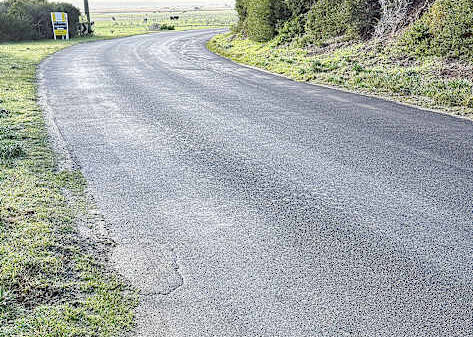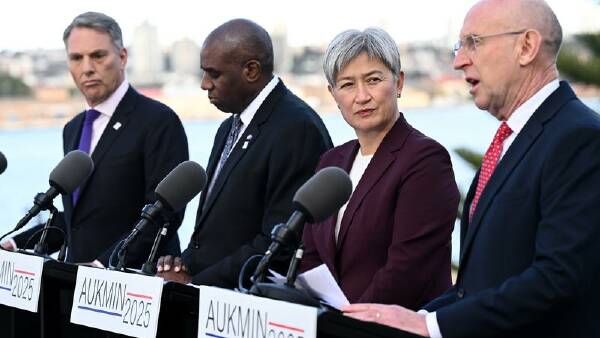Gas flaring has surged to its highest level in 17 years, with the fossil fuel industry releasing an additional 389 million tonnes of carbon dioxide into the atmosphere in 2024, according to a report from the World Bank. Despite commitments from oil companies and governments to reduce this practice, flaring remains a significant contributor to greenhouse gas emissions, jeopardizing efforts to transition towards greener energy solutions.
Flaring, the burning of natural gas that accompanies oil extraction, has been a longstanding issue in the oil industry, persisting for over 160 years. The lack of financial incentives and weak regulations have allowed companies to continue flaring, even as awareness of its environmental impact has grown. Each year, approximately 151 billion cubic meters of gas are flared globally, a volume sufficient to power all of sub-Saharan Africa. This practice releases around 400 million tonnes of CO2 equivalent emissions annually, surpassing the emissions of many nations.
The International Energy Agency (IEA) and various governments are advocating for a decisive reduction in flaring, emphasizing the importance of capturing rather than burning this valuable resource. Captured gas could be utilized for electricity generation, improving energy security and access. The World Bank’s Zero Routine Flaring (ZRF) by 2030 initiative aims to eliminate routine flaring by the end of the decade, with support from 36 states and 60 oil and gas companies.
Recent data indicate that gas flaring increased for a second consecutive year, reaching levels not seen since 2007. Zubin Bamji, manager of the World Bank’s Global Flaring and Methane Reduction partnership (GFMR), remarked, “Flaring is needlessly wasteful. [It’s] a missed opportunity to strengthen energy security and improve access to reliable power.”
Despite the initiatives in place, regulations surrounding gas flaring are often criticized for being too lenient and poorly enforced. This has resulted in most companies lacking the motivation to invest in gas capture technologies. The report highlighted that nine countries—Russia, Iran, Iraq, the U.S., Venezuela, Algeria, Libya, Mexico, and Nigeria—accounted for three-quarters of global gas flaring last year, many of which have state-owned oil companies.
In contrast, countries like Kazakhstan, Angola, Egypt, and Indonesia have successfully reduced their flaring levels in recent years. Kazakhstan, for instance, has achieved a 71 percent reduction since 2012 by imposing significant fines on non-compliant companies.
Alberta, a major oil-producing province in Canada, reported that flaring levels exceeded its self-imposed limit for the second consecutive year in 2024. The province flared approximately 912.7 million cubic meters of natural gas, 36 percent above its annual cap of 670 million cubic meters. This amount of flared gas was valued at around $63 billion based on last year’s European Union import prices.
Despite these alarming figures, the political will to enforce stricter regulations remains limited in many countries. While some states and oil companies have pledged to lower flaring levels, the overall commitment to curtail this practice is often lacking. Without significant regulatory changes, gas flaring is likely to persist, exacerbating global warming and hindering progress toward a sustainable energy transition.
As the world grapples with the urgent need to reduce emissions, the challenge of gas flaring highlights the complexities of decarbonizing the oil industry. To achieve meaningful progress, governments must implement stringent regulations that compel companies to adopt cleaner practices. The future of global climate goals may hinge on the successful reduction of flaring and the commitment to harnessing this wasted resource effectively.
































































